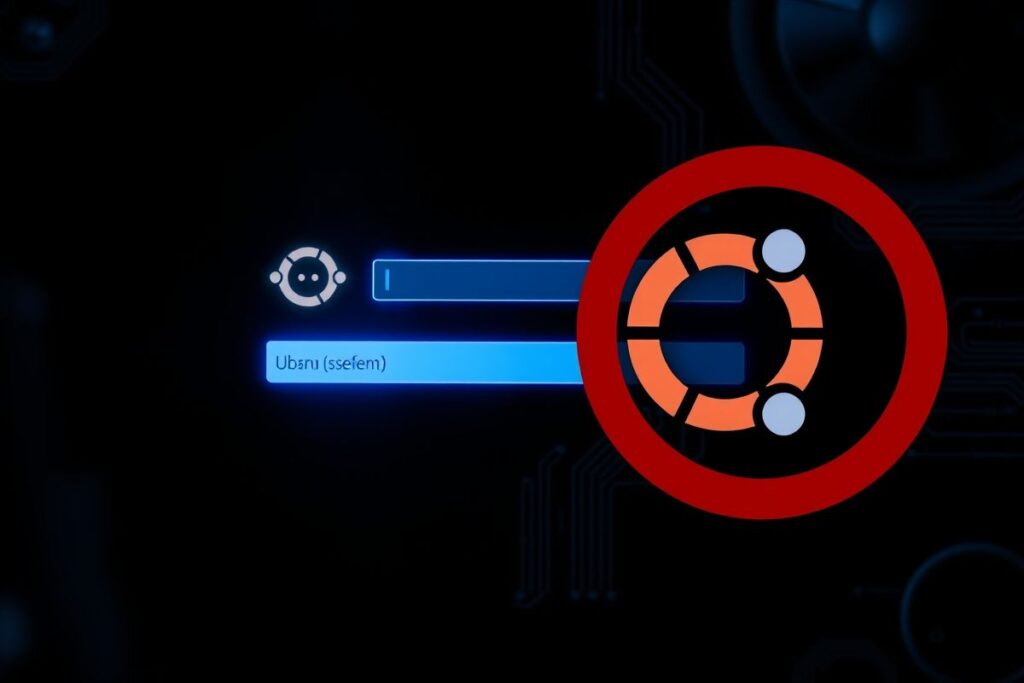How to Log In to Ubuntu for Reverse Engineering
Reverse engineering, the process of dissecting software or hardware to understand its inner workings, often requires a robust and flexible operating system. Ubuntu, a popular Linux distribution, provides an ideal environment for this task due to its open-source nature, extensive toolset, and active community support. This guide delves into the intricacies of logging into Ubuntu and setting up your environment for effective reverse engineering.
From basic login procedures to advanced configurations, we’ll cover the necessary steps to empower you in your reverse engineering endeavors. Whether you’re a seasoned professional or a curious beginner, understanding the login process and customizing your Ubuntu setup is crucial for a smooth and productive workflow.

Accessing Your Ubuntu System
Understanding Login Options
Ubuntu offers various login methods, each catering to different needs and security preferences. The standard graphical user interface (GUI) login is the most common, providing a user-friendly experience. Alternatively, the command-line interface (CLI) offers a more powerful and flexible approach, especially for scripting and automation.
Choosing the appropriate login method depends on your familiarity with Linux and the specific tasks you intend to perform. For beginners, the GUI offers an intuitive starting point. More experienced users often prefer the CLI for its efficiency and control.
Regardless of your chosen method, ensuring secure login practices is paramount. This includes using strong passwords and keeping your system updated to protect against vulnerabilities.
GUI Login
Logging in via the GUI is straightforward. Simply enter your username and password at the login screen. This method is visually intuitive and suitable for most users. After successful authentication, you’ll be presented with the Ubuntu desktop environment.
The GUI offers a wealth of tools and applications readily accessible through the desktop interface. This makes it easy to navigate files, launch programs, and manage your system settings.
Customization options abound within the GUI, allowing you to tailor the desktop environment to your preferences. This includes changing themes, configuring keyboard shortcuts, and managing display settings.
CLI Login
Accessing Ubuntu through the CLI requires a different approach. You’ll typically encounter a terminal prompt where you’ll enter your username and password. This method provides greater control and is essential for advanced tasks like scripting and system administration.
The CLI offers a powerful set of commands for managing files, processes, and system configurations. While initially daunting, mastering the CLI can significantly enhance your productivity.
Numerous resources are available online to help you learn and become proficient with CLI commands. This includes tutorials, documentation, and active online communities.
Preparing Your Environment for Reverse Engineering
Essential Tools
Reverse engineering requires specialized tools to analyze and manipulate software and hardware. Ubuntu provides a rich repository of these tools, readily available through its package manager. These include debuggers like GDB, disassemblers like objdump, and decompilers.
Selecting the right tools depends on the specific target and the goals of your reverse engineering project. Researching and understanding the capabilities of different tools is crucial for efficient analysis.
Staying updated with the latest tool versions is essential for leveraging new features and security enhancements. Regularly updating your system and packages ensures access to the most current resources.
Setting Up a Virtual Machine
Utilizing a virtual machine (VM) is a recommended practice for reverse engineering, especially when dealing with potentially malicious software. A VM provides an isolated environment, protecting your host system from unintended consequences.
Setting up a VM on Ubuntu is relatively straightforward using tools like VirtualBox or VMware. These platforms allow you to create and manage virtualized operating systems within your host environment.
Configuring the VM with appropriate resources, such as memory and storage, is essential for optimal performance. Allocating sufficient resources ensures smooth operation of the target software within the VM.
Customizing Your Workspace
Tailoring your workspace to suit your workflow can significantly improve efficiency. This includes organizing files, configuring terminal settings, and utilizing scripting for automated tasks.
Creating a structured file system for your reverse engineering projects helps maintain order and facilitates collaboration. A well-organized workspace promotes clarity and reduces the risk of errors.
Leveraging scripting capabilities within Ubuntu can automate repetitive tasks, freeing up time for more complex analysis. Scripting allows for efficient execution of common procedures and streamlines the workflow.
